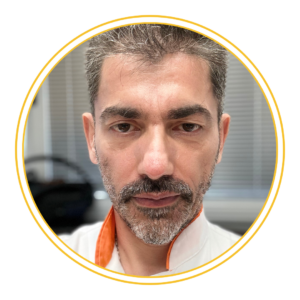CONFERENCE
ABOUT OUR SPEAKER

Radu Vătășescu specializes in cardiac electrophysiology and invasive cardiac procedures. He is an Associate Professor of Cardiology at the University of Medicine and Pharmacy “Carol Davila” in Bucharest. He also works as a Consultant Cardiologist and Internal Medicine Doctor at Floreasca Clinical Emergency Hospital and is the Head of the Clinical and Electrophysiology Lab at the hospital. Since 2018, he is also the coordinator for the National Certificate of Invasive Cardiac Electrophysiology.
To date, Prof. Vătășescu has performed at least 4470 radiofrequency ablations and 3500 pacemaker and ICD implants. He currently serves as a Fellow of the European Heart Rhythm Association (EHRA), as well as the American Heart Association (AHA) and Heart Rhythm Society (HRS). He also served as the coordinator of the EHRA Committee of the National Cardiology Societies of Eastern Europe, President of the Working Group for Cardiac Arrhythmias of the Romanian Society of Cardiology , as well as Secretary of the Working Group for Cardiac Arrhythmias of the Romanian Society of Cardiology.

